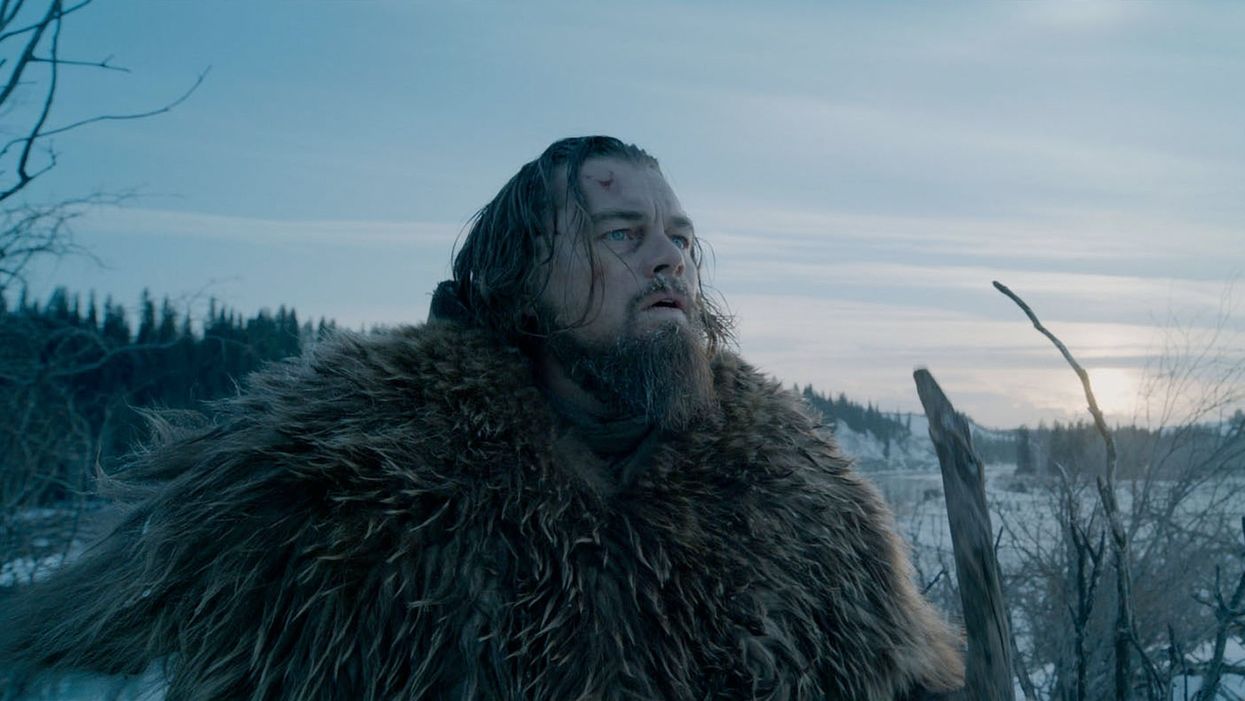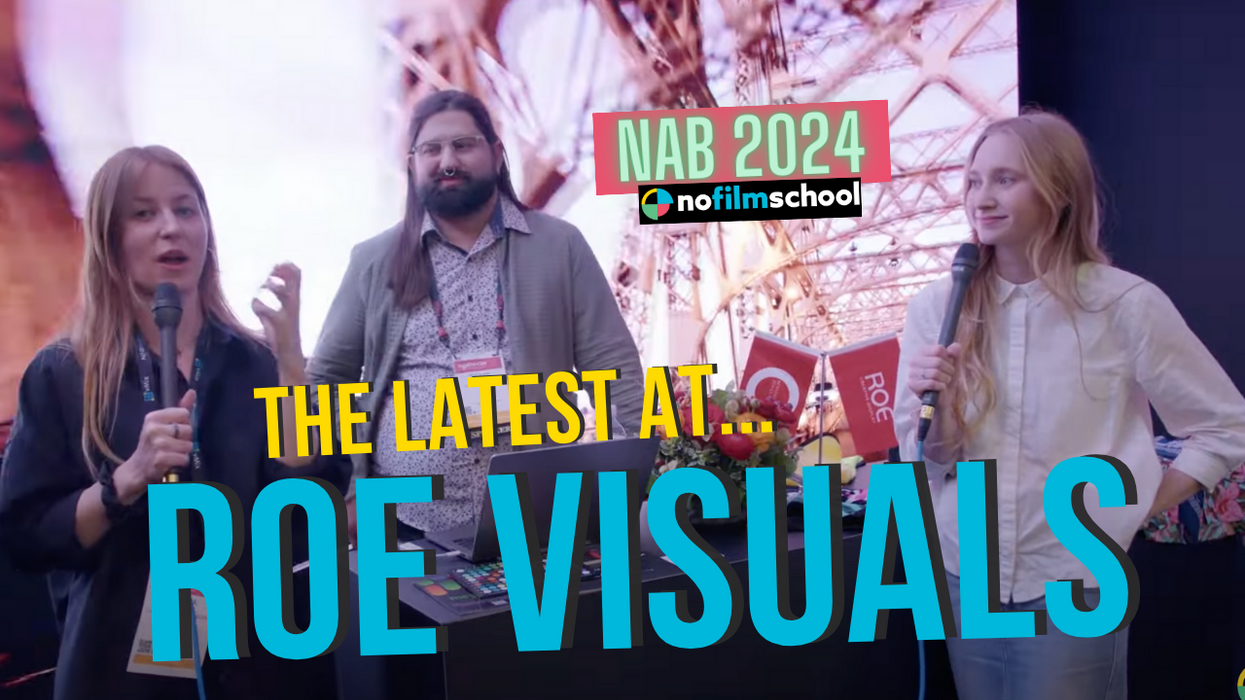Watch: Learn the Trick Used By Landscape Photographers to Get Deep Focus
Everything you need to know about hyperfocal distance.

With the advent of DSLRs, shallow focus became all the rage in photographic visuals. However, as John P. Hess from FilmmakerIQ points out in the video below, DP Gregg Toland's deep focus made Orson Welles' intricate blocking possible back in the day and, with the emergence of 4K resolution, "getting sharpness and detail may start to become the new, hot style" all over again.
Hyperfocal distance is where everything from half that distance to infinity is acceptably sharp.
Hess goes on to remind us that, after all, "There's beauty in the details." So how do you accomplish a beautiful deep focus? According to Hess, it's not as simple as stopping down the aperture because, at high apertures, your lens will experience diffractions and get blurry. Therefore, you need to employ a trick used by landscape photographers to achieve faraway detail: hyperfocal distance.
Hess defines hyperfocal distance as where everything from half that distance to infinity is acceptably sharp. This very instructive video breaks it all down using an algebraic equation that factors in focal length, F-stop, and the circle of confusion.
Check it out for the math-tastic details:
Fortunately, you don't have to do the math yourself. Hess points out that there are several free apps like HyperFocal Pro (showcased in the video) that can determine your hyperfocal distance but also give you the depth of field for any given distance, aperture, and sensor size.
It's worth watching the video for Hess's useful level of detail, but here's the quick-n-dirty breakdown of steps to achieving deep focus with newer (non-vintage) lenses:
- Turn off auto focus.
- Pick a point far off in the distance.
- Set your focus to infinity.
- Pull focus closer until that far-off point just begins to blur, then walk it back a little bit.
Have more tips for achieving deep focus? Let us know in the comments.












